9 Best Tools for Myofascial Release

Both foam rolling and stretching should be part of your recovery arsenal (after all, foam rolling is different from stretching). Stretching is a practice you can use to loosen up your muscles, but foam rolling is a type of myofascial release (more on that below). While it might feel good for your muscles, that’s not the main purpose.
Myofascial release is a process that helps unwind connective tissues known as fascia “so that we have better movement,” says Theresa Marko, P.T., D.P.T., M.S. It involves foam rolling, scraping, and trigger point therapy.
Carrying tension in fascia can affect your workouts just as muscle knots would. If you’ve been feeling sore or tight, it may be time to consider trying myofascial release tools at home.
What Is Myofascial Release?
Fascia “is a thick, dense connective tissue that covers all muscles, groups of muscles, and encapsulated areas of our abdomen,” explains Marko. Fascia offers support and creates a barrier between different tissues, like your muscles and the blood vessels that run to and between them.
Like muscles, fasciae “can become constricted in an area” because they have elastic properties and contract while we move, says Marko. This constriction restricts joint movement and mobility, so that’s where myofascial release comes in.
Because fasciae run across our entire body, they can cause wide-reaching effects when constricted. Tight fascia in your shoulder or neck could cause tightness and immobility in your lower leg, offers Marko. That means spending some time working on your fasciae can loosen up your entire body, translating into better movement from neck to ankles.
Before you stock up on myofascial release tools and get to work, there are some things to keep in mind. “Myofascial release is really not meant to be very pressure heavy at all,” says Marko. “You can achieve the same results with applying mild pressure.”
So don’t overdo it, especially if the area you’re working on feels tender.
The 9 Best Myofascial Release Tools for Use at Home
1. Kieba Massage Lacrosse Balls
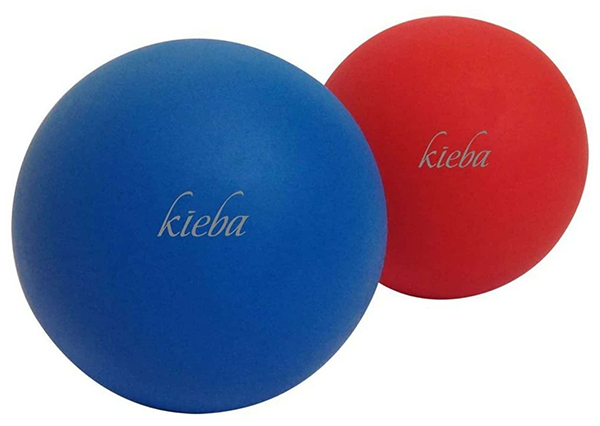
Lacrosse balls are among the easiest and cheapest tools for myofascial release, but there is one caveat. Since they’re small, they dig deeper than bigger tools. If you have sensitive knots, apply pressure slowly.
Available on Amazon.
2. LittleMum Neck and Trapezius Trigger Point Massager
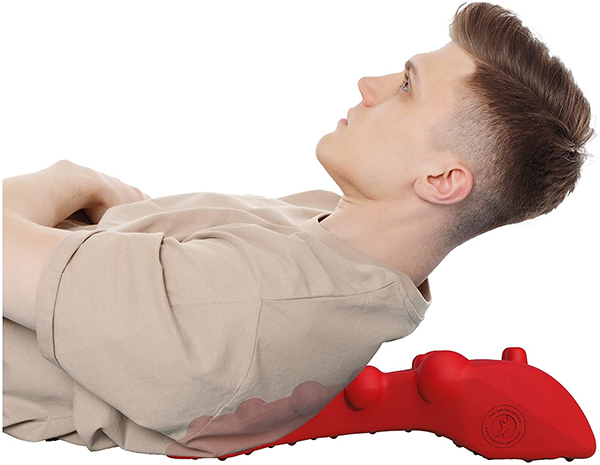
We get it. Your workout gutted you. But don’t have to skimp on myofascial release because you’re more than ready to relax. Lie down and let the massager nodes do their work on your trigger points.
Available on Amazon.
3. Body Back Trigger Point Back Massager
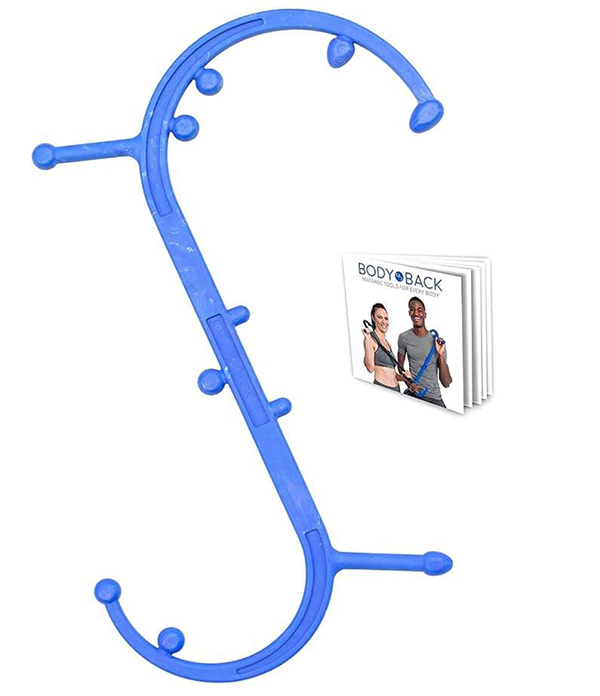
There’s no need for a buddy to help you with this trigger point massager. It’s convenient for anyone struggling with shoulder mobility since it maneuvers around your neck, shoulders, and upper back so easily.
Available on Amazon.
4. Vulken Acusphere 4 Speed High-Intensity Vibrating Massage Ball
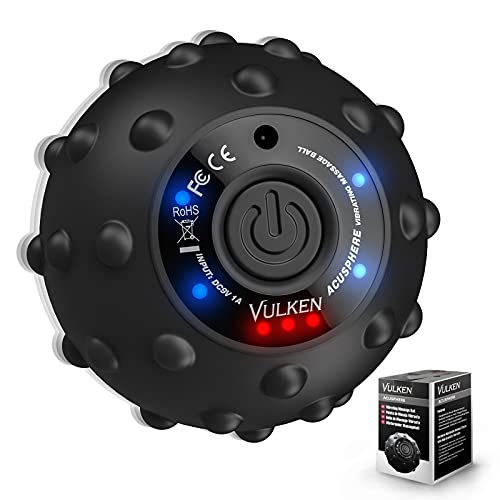
Consider this a step up from your standard lacrosse ball. It offers four different vibration speeds to help get deep into tight areas.
Available on Amazon.
5. Yansyi Muscle Roller Stick
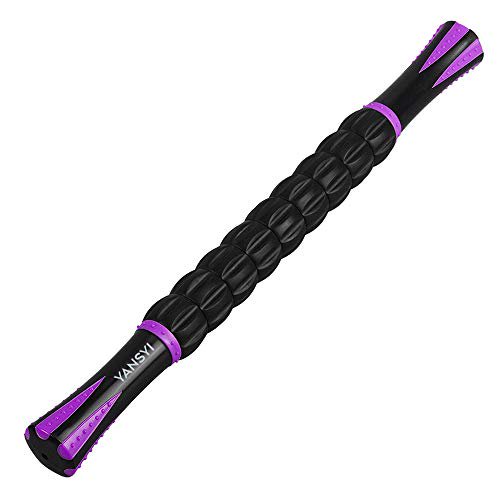
This roller stick is like a hand-held foam roller. Instead of positioning it under sore muscles to use your body weight, you run this myofascial release tool along the areas that need work. It’s a handy tool for anyone with sore quads.
Available on Amazon.
6. Toloco Percussion Massage Gun
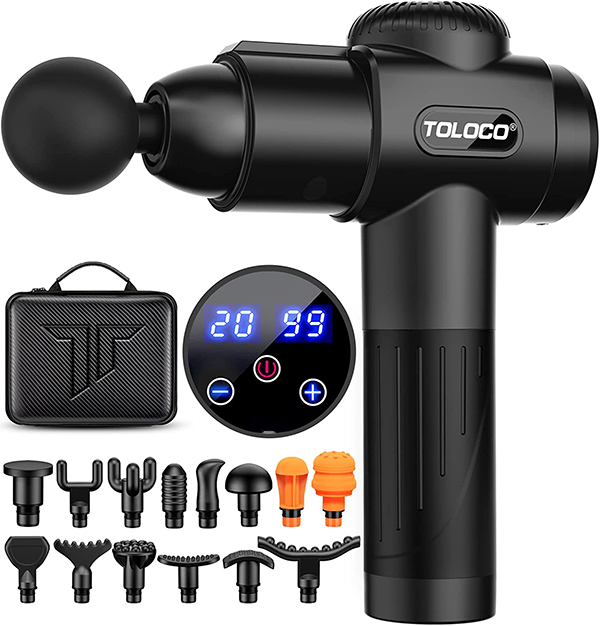
This model is less expensive than other massage guns, but it provides the same vibrations to loosen fascia and get blood flowing through stiff areas.
Available on Amazon.
7. WANDiORY Massage Ball
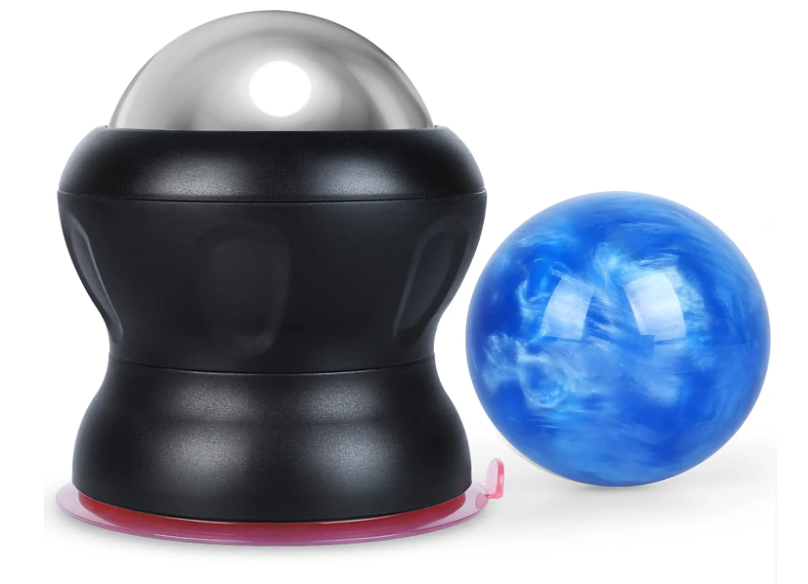
Is your upper back bothering you? Mount this on your wall and back up into it for trigger point therapy on those hard-to-reach places.
Available on Amazon.
8. OPTP Pro-Roller Soft Density Foam Roller
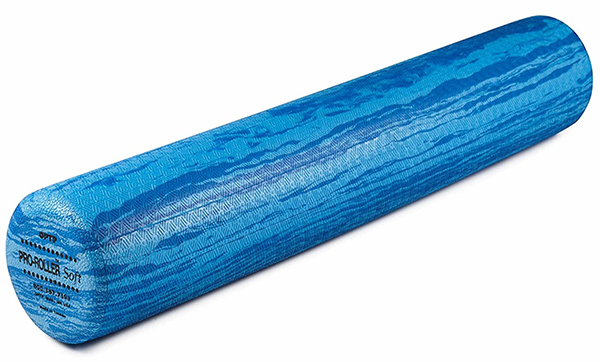
The broad, smooth surface of this foam roller makes it perfect for those new to myofascial release — especially if you feel tender. Use your body weight to adjust how much pressure you put into each movement.
Available on Amazon.
9. Double Lacrosse Ball Massage Tool
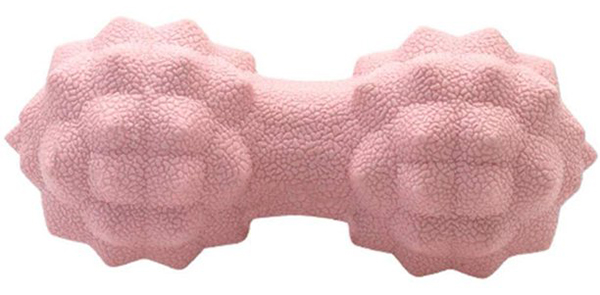
You can use two lacrosse balls, but a joint tool makes hitting your lower back easier, with no risk of one of them rolling out of place.
Available on Amazon.
